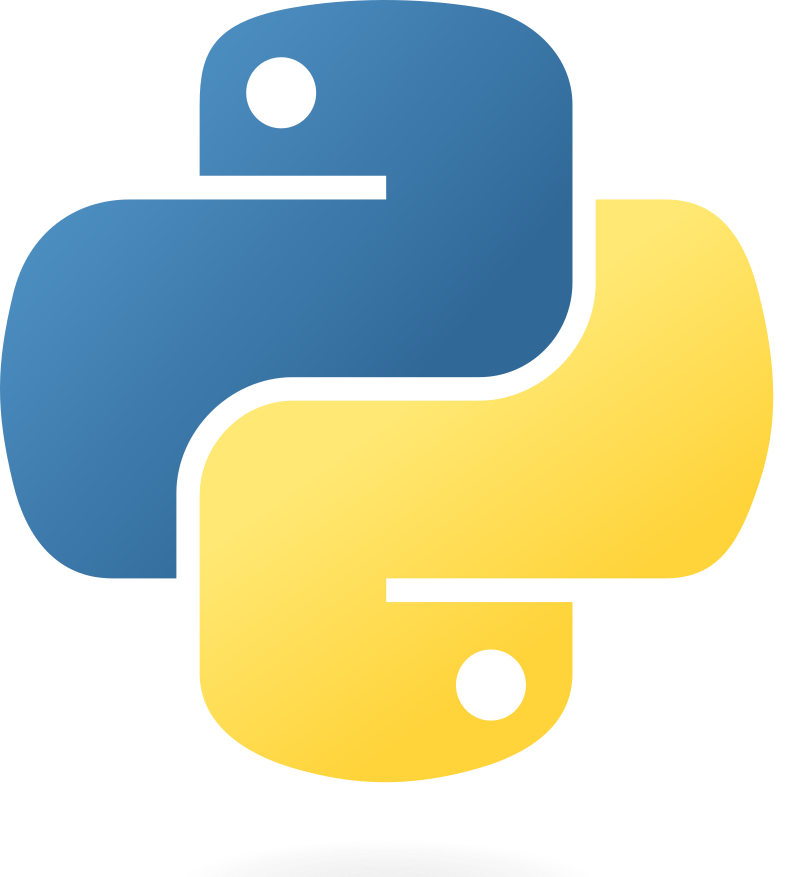What is Python?

Hire Arrive
Technology
about 1 year ago
 Python is a versatile and powerful high-level programming language known for its clear syntax and readability. Unlike many other languages that require complex code structures, Python emphasizes code that is easily understood by both humans and machines. This readability contributes to its popularity among beginners and experienced programmers alike. But its simplicity doesn't compromise its capabilities; Python is used in a vast array of applications, from web development and data science to machine learning and scripting.
Python is a versatile and powerful high-level programming language known for its clear syntax and readability. Unlike many other languages that require complex code structures, Python emphasizes code that is easily understood by both humans and machines. This readability contributes to its popularity among beginners and experienced programmers alike. But its simplicity doesn't compromise its capabilities; Python is used in a vast array of applications, from web development and data science to machine learning and scripting.
Key Characteristics of Python:
* Interpreted Language: Python code is executed line by line by an interpreter, rather than being compiled into machine code before execution. This makes development and debugging faster, as errors can be identified and corrected more quickly.
* Dynamically Typed: You don't need to explicitly declare the data type of a variable. Python infers the type at runtime, making the code more concise.
* Object-Oriented Programming (OOP): Python supports OOP principles, allowing programmers to structure their code using classes and objects. This promotes code reusability and maintainability.
* Extensive Libraries: One of Python's greatest strengths lies in its rich ecosystem of libraries. These pre-written modules provide ready-to-use functions and tools for various tasks, significantly reducing development time. Examples include NumPy for numerical computation, Pandas for data manipulation, and TensorFlow/PyTorch for machine learning.
* Cross-Platform Compatibility: Python code can run on different operating systems (Windows, macOS, Linux) with minimal or no modifications.
* Large and Active Community: A vast and supportive community surrounds Python, offering ample resources, tutorials, and assistance to users of all skill levels.
What can you do with Python?
Python's versatility is reflected in its broad range of applications:
* Web Development: Frameworks like Django and Flask enable the creation of robust and scalable web applications.
* Data Science and Machine Learning: Libraries such as NumPy, Pandas, Scikit-learn, TensorFlow, and PyTorch are essential tools for data analysis, manipulation, and building machine learning models.
* Scripting and Automation: Python excels at automating repetitive tasks, such as file manipulation, system administration, and web scraping.
* Desktop Applications: Libraries like Tkinter, PyQt, and Kivy allow the development of graphical user interfaces (GUIs) for desktop applications.
* Game Development: Libraries like Pygame provide tools for creating 2D games.
* Embedded Systems: Python is increasingly used in embedded systems, leveraging its readability and ease of use.
Getting Started with Python:
Learning Python is relatively straightforward. Numerous online resources are available, including interactive tutorials, documentation, and online courses. Downloading the official Python interpreter from python.org is the first step. From there, you can start exploring the language's features and capabilities.
Conclusion:
Python's combination of simplicity, power, and versatility makes it a highly desirable language for a wide range of applications. Its extensive libraries and supportive community further solidify its position as a leading programming language in the modern tech landscape. Whether you're a beginner taking your first steps into programming or an experienced developer seeking a powerful and efficient tool, Python is certainly worth exploring.